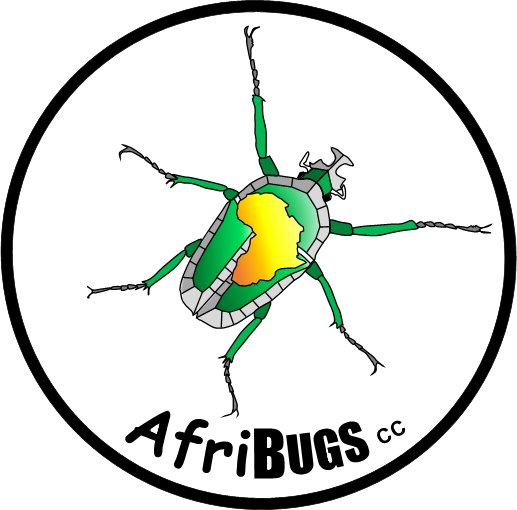
Frequently asked questions.
Can you provide a specialist study on terrestrial invertebrates?
Yes! This is our specialty, having been involved in terrestrial invertebrate studies for environmental impact assessments since 1994. We have experience with a broad range of terrestrial invertebrate groups and links with a network of specialists, whose assistance we can draw on as required, for groups with which we are less familiar. Having been involved in the development and compilation of the 2020 South African Species Environmental Assessment Guideline, we are particularly familiar with the current requirements for invertebrate assessments in this country, but we also have extensive experience in other African countries.
Can you carry out a full environmental impact assessment for our proposed development?
Not by ourselves, but we can put together a team of specialists to carry out such an assessment, or refer you to an EIA consultant who can coordinate the required studies.
Can you identify this insect / spider / scorpion?
While our speciality is identification of ants from mainland Africa, we are able to assist with identifications of a wider range of terrestrial invertebrates, calling on various taxonomic specialists as required for groups with which we are less familiar.
Can you provide a specialist study on aquatic invertebrates?
Not at present, but we can refer you to a specialist who can.
Can you provide a compliance statement as described in the South African Species Environmental Assessment Guideline?
A compliance statement is appropriate in very specific circumstances only, when the National Environmental Screening Tool has incorrectly identified a proposed development site as including natural habitat that could support populations of Species of Conservation Concern (SCC), when in fact the site is entirely (or almost entirely) transformed. In such circumstances the environmental assessment practitioner may compile a compliance statement that demonstrates the actual state of the site and thereby provides evidence that none of the SCC predicted for the site could potentially inhabit it. There is generally no need for specialist involvement in such a case.
However, in cases where natural habitat is present, but the Screening Tool appears to have predicted the presence of a invertebrate SCC incorrectly (e.g. far beyond its likely distribution), we may be able to provide a desktop assessment demonstrating that the probability of this species’ occurrence is negligible. If accepted by the relevant Competent Authority, this would obviate the need for a field survey and full specialist assessment of the site for the SCC concerned, and hence reduce overall EIA costs.

